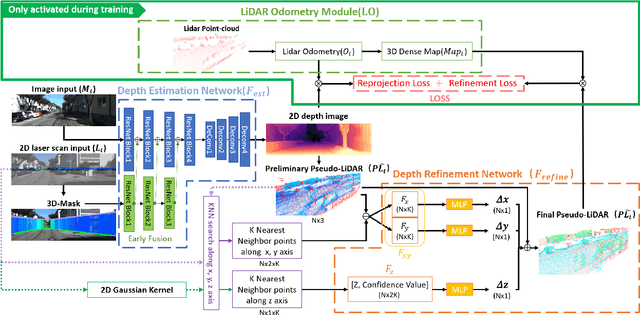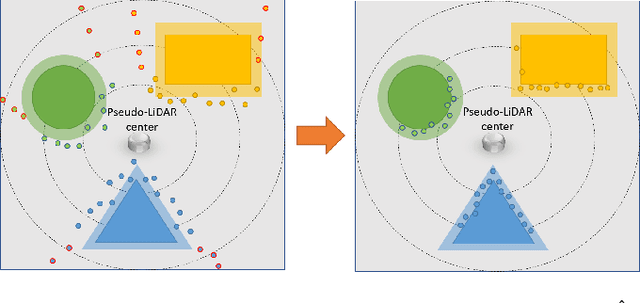Yibo Cao
Pruning Large Language Models via Accuracy Predictor
Sep 18, 2023Abstract:Large language models(LLMs) containing tens of billions of parameters (or even more) have demonstrated impressive capabilities in various NLP tasks. However, substantial model size poses challenges to training, inference, and deployment so that it is necessary to compress the model. At present, most model compression for LLMs requires manual design of pruning features, which has problems such as complex optimization pipeline and difficulty in retaining the capabilities of certain parts of the model.Therefore, we propose a novel pruning approach: firstly, a training set of a certain number of architecture-accuracy pairs is established, and then a non-neural model is trained as an accuracy predictor. Using the accuracy predictor to further optimize the search space and search, the optimal model can be automatically selected. Experiments show that our proposed approach is effective and efficient. Compared with the baseline, the perplexity(PPL) on Wikitext2 and PTB dropped by 9.48% and 5,76% respectively, and the average accuracy of MMLU increased by 6.28%.
FusionMapping: Learning Depth Prediction with Monocular Images and 2D Laser Scans
Nov 29, 2019



Abstract:Acquiring accurate three-dimensional depth information conventionally requires expensive multibeam LiDAR devices. Recently, researchers have developed a less expensive option by predicting depth information from two-dimensional color imagery. However, there still exists a substantial gap in accuracy between depth information estimated from two-dimensional images and real LiDAR point-cloud. In this paper, we introduce a fusion-based depth prediction method, called FusionMapping. This is the first method that fuses colored imagery and two-dimensional laser scan to estimate depth in-formation. More specifically, we propose an autoencoder-based depth prediction network and a novel point-cloud refinement network for depth estimation. We analyze the performance of our FusionMapping approach on the KITTI LiDAR odometry dataset and an indoor mobile robot system. The results show that our introduced approach estimates depth with better accuracy when compared to existing methods.
 Add to Chrome
Add to Chrome Add to Firefox
Add to Firefox Add to Edge
Add to Edge